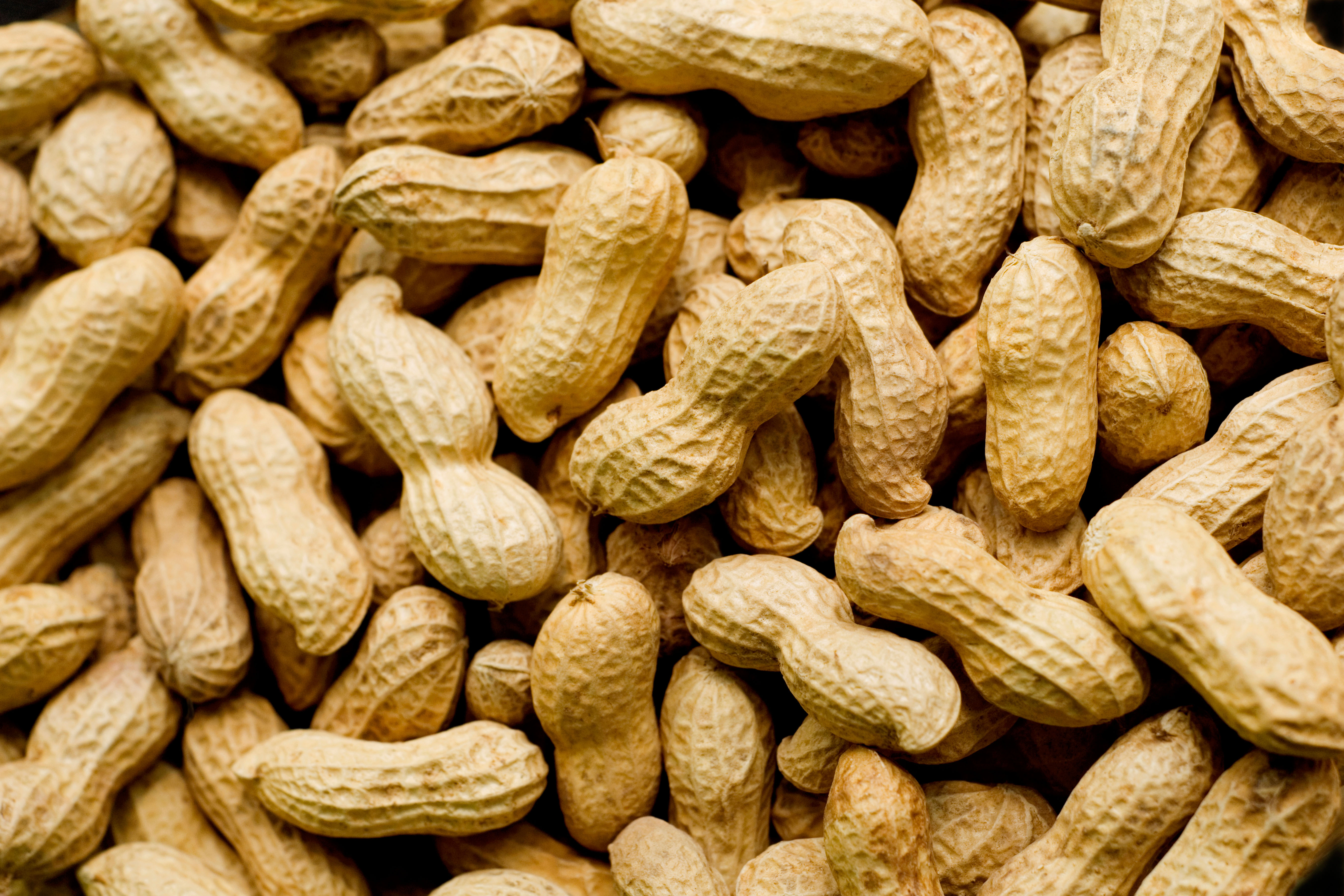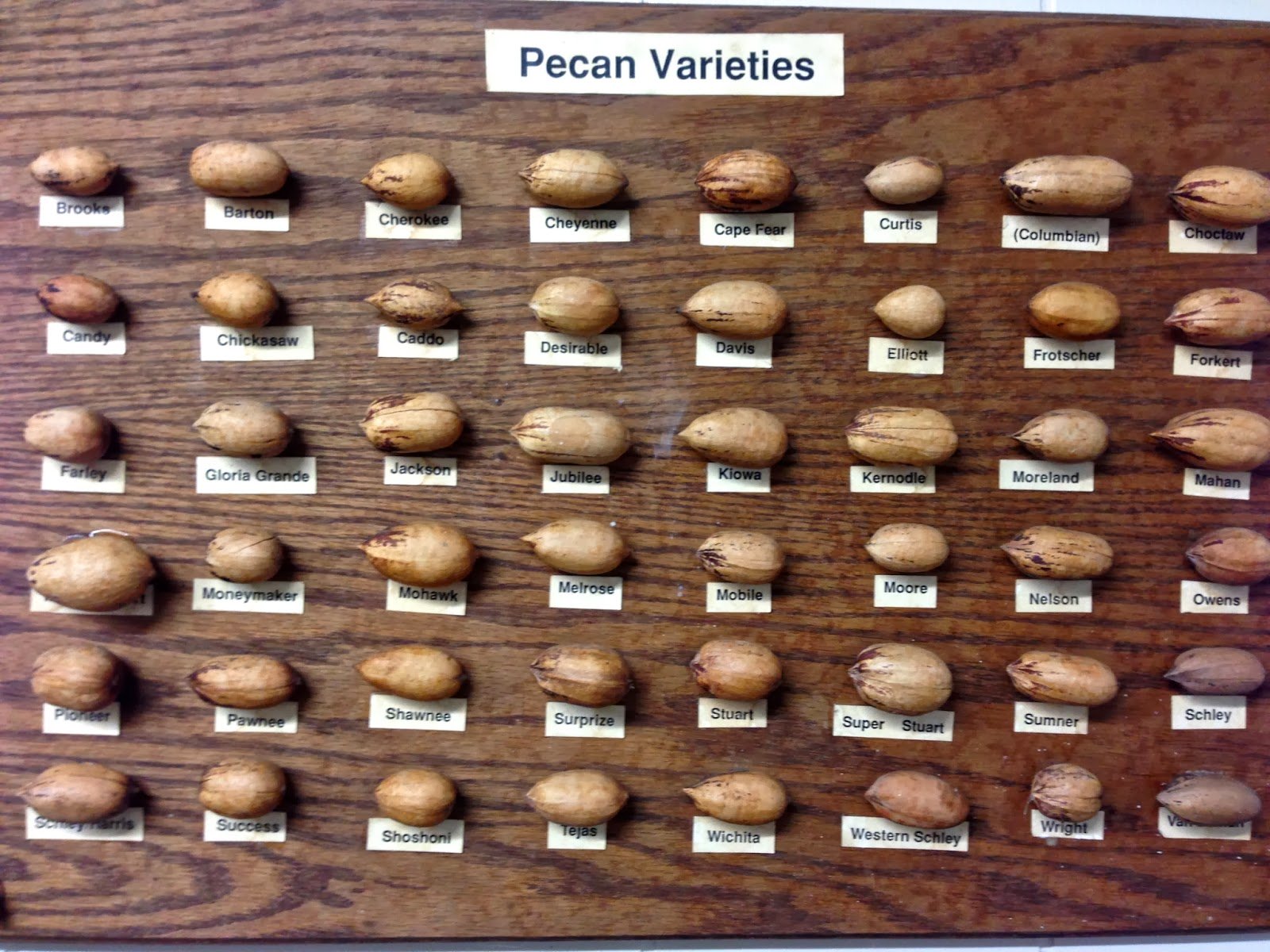Cotton in Alabama
Cotton in Alabama was the driving economic force that helped to create this historic state to what it now is.
In fact, there is no single commodity or farming practice that has had more impact, as in its beginning it was the “king” of this emerging state.
The search for the land to grow this “white gold” was what attracted the first settlers, and they went into the numerous river valleys in the state.
With its success in the very early stages, it created two very dominant labor systems.
The first was the “slavery” the existed in the “Old South”, and the second was “sharecropping” in the new South.
Cotton production is deeply embedded in this state’s rich history, and it has hand numerous setbacks along the way.
In its prime, in the early 1900’s, 1910 to be exact, the “boll weevil” absolutely devastated this thriving industry.
However, with the implementation of the” Boll Weevil Eradication Program”, it made a huge comeback, and was once again the “king” of row crops in the State.
Today, cotton farmers in the state rely on much more than just that program, as they are using the latest farming techniques as well as biotechnology.
Because of this, there yields have improved dramatically in just the last century from where it was.
In the year 2019, the cotton farmers in Alabama planted nearly 540,000 acres, with estimated yields of about 928 pounds per acre.
This produced over 1,000,000 bales, and cotton is still grown in 59 of Alabama’s 67 counties.
The top cotton-producing counties in the state included Limestone, Madison, Lawrence, Monroe, Colbert, Escambia, Lauderdale, Cherokee, Baldwin, as well as Geneva.
As of 2020, the state ranks 9th in the nation in total production.
The History of Cotton in Alabama
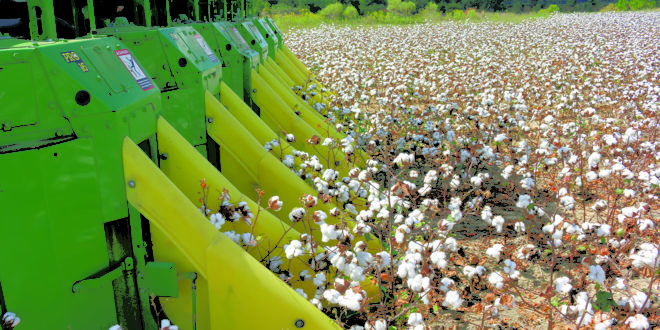 Cotton Farming in Alabama
Cotton Farming in AlabamaCotton in Alabama has a very long and rich history and helped to shape this growing state.
Early farmers settled in what is known today as Alabama, and they settled by the fertile river valleys when it was still part of the Mississippi Territory.
This emerging state provided natural highways for shipping on steamboats, and this led them into broad fertile plains to grow their cotton.
Prior to the one-set of the Civil War that rampaged the south, the two most important areas for cotton production were the Tennessee River Vally, and the “Rich” Black Belt region.
The Rich Black Belt region had a swath of extremely rich black soil and ranged from the west-central counties to the upper-southeast counties.
There were also two smaller regions, the Coosa Valley and the Chattahoochee basin, that were turned from forests into fields.
During its peak, it was estimated that over 90 percent of all farmers produced just two crops: cotton and corn.
In the 1820’s, farmers produced an estimated 25,000 bales, or about 4% of the nation’s total cotton.
When exported, it went through the port of Mobile, and the northern part of the state exported through New Orleans.
However, within just two decades, things began to dramatically change.
Alabama went from the leader in the nation in cotton production and had close to 23% of all the nation’s produced product.
Fortunes were being made, and the State had become one of the 10 wealthiest states in the entire country—but it had a price.
The Human Price of Alabama Cotton
With all this amazing success and fortune, there was a “human price” that was being paid and it is part of the States’ history.
Growing cotton was and still is, very labor-intensive, and during these formative times in the State, African slaves were part of the plantation cotton growing agriculture.
As the white population in the State grew, so did the enslaved population, and between 1810 and 1860, the enslaved population was about 50 percent of the total population.
However, the slave presence in the rich Black Belt region was even higher, and Alabama was the “King of Cotton”.
In fact, just before the onset of the Civil War, this economic force helped to create the Confederate States of America.
The Civil War and Cotton in Alabama
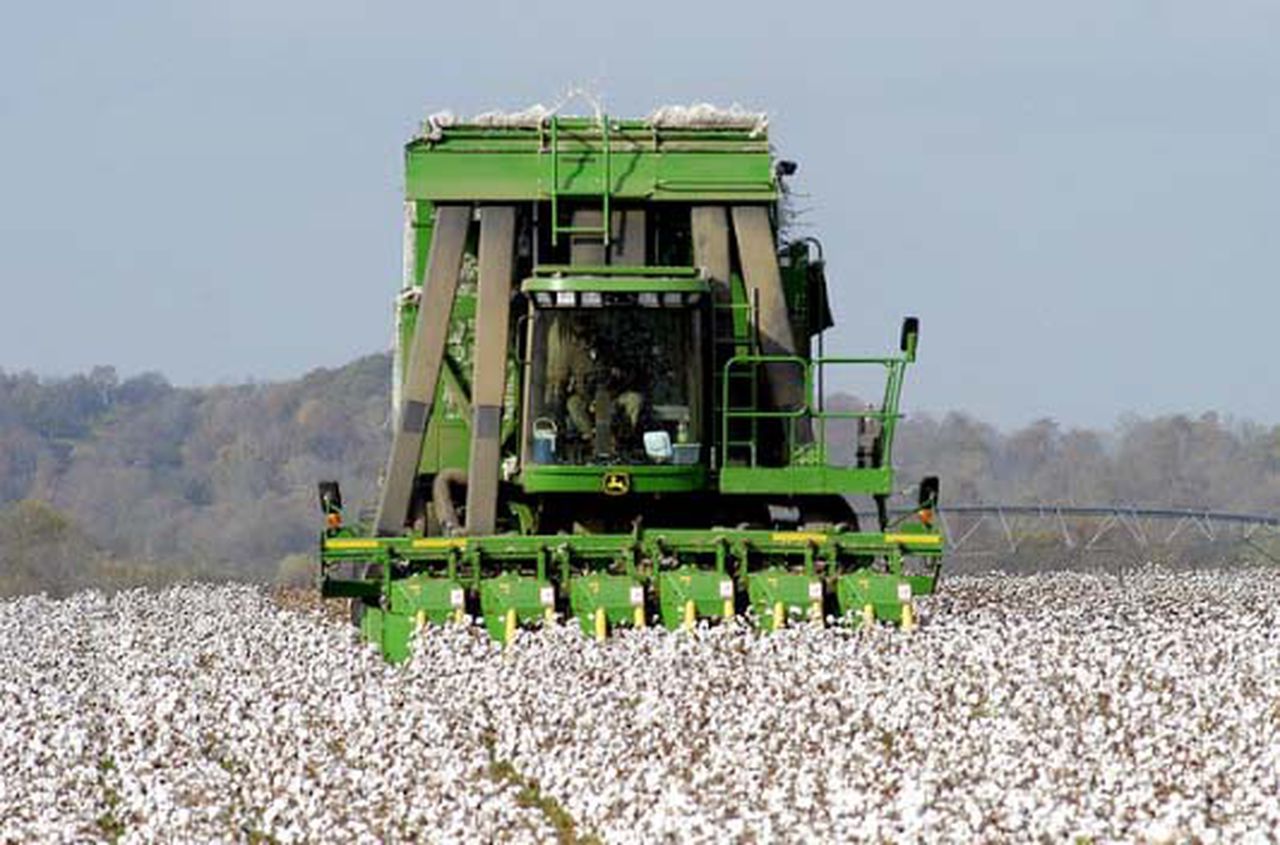 Harvest Time of Cotton in Alabama
Harvest Time of Cotton in AlabamaBut things changed dramatically once the war started in 1861, as the southern ports were blockaded, and the cotton started to pile up.
Within three years the price had exploded to over a 1.00 a pound, and the State Government tried to get the farmers to switch to corn and other products.
In the same year, the Confederate government passed an act to destroy all cotton that may fall into the hands of Union troops, and by 1865, it was in full swing.
When the confiscated commodity could not be moved, it was destroyed, and Alabama had more cotton on hand than any other southern state.
This, along with the “Boll Weevil” attack, almost ruined all growing.
Boll weevils are small grey-brown beetles and feed off of the fibers in cotton seed pods.
Female boll weevils lay their eggs inside the cotton plant buds, and once the larvae hatch, worm-like grubs are produced.
Their offspring than consume the boll fibers off the plants, and this devasted the cotton plants not only in Alabama, but throughout the entire south.
The Decline of Cotton in Alabama
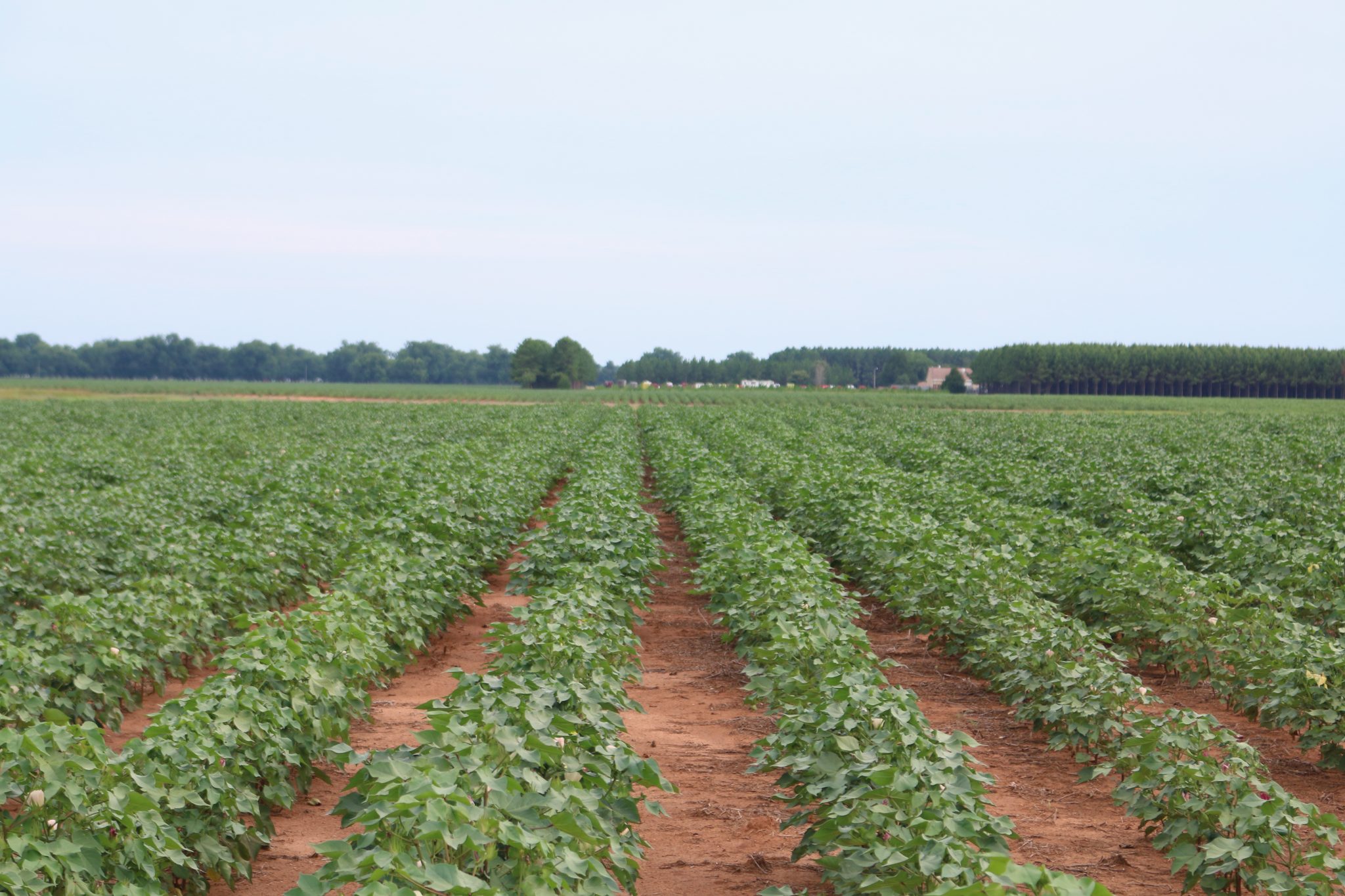 Cotton Fields
Cotton FieldsThe decline of cotton in Alabama happened very fast with these two events, as the state tried to recover.
By 1866 it once again blanketed the state, and there were over 1.25 million acres planted.
The Boll Weevil” attack than hit in 1910, and by 1916 cotton was severely crippled in the state.
Most farmers turned to peanuts, to get pass the “Boll Weevil” attack, and by 1920, several Federal programs attempted to aid the southern farmers.
President Franklin D. Roosevelt instituted the New Deal programs during the Great Depression, as well as the Agricultural Adjustment Act of 1933.
The bill was also signed by Alabama senator John Bankhead II, and paid farmers to plow under one-third of all their crops to reduce production and raise prices back.
This helped the landowners, but devastated most sharecroppers, who at the time made up most of the farming population, as their labor was no longer needed.
However, in 1936 the U.S. Supreme Court declared this law of 1933 unconstitutional, and another Agricultural Act of 1938 was passed.
This act also created an allotment program, and required farmers plant a specified number of acres and established and quota system for supply and demand.
This resulted in farmers applying more fertilizer and they produced more cotton on less land, but by 1960 some 30 million acres of various croplands lay barren.
The Future of Cotton in Alabama
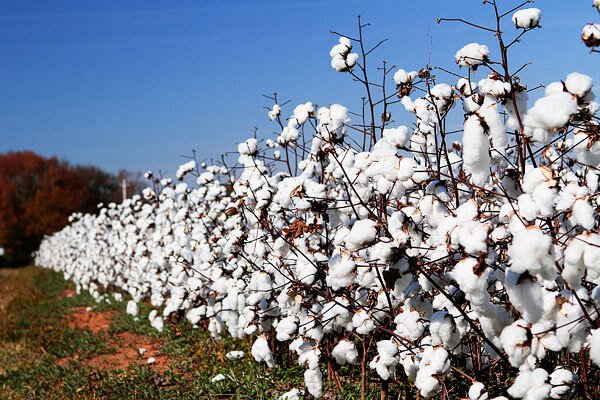 Cotton in Alabama Young Plants
Cotton in Alabama Young PlantsCotton started a slow comeback in the 1990’s with new cultivation techniques, and production was up.
After decades of acreage reduction, cotton appeared to be making a comeback.
As mentioned earlier, by 2019 cotton farmers had over 500,000 acres planted, but by the year 2000, cotton acreage has dropped again in half.
It has been replaced with corn, peanuts, soybeans, and other products, but it is still a very important part of the State’s agricultural economy.
If you are a farmer or just interested in history, there is a Boll Weevil monument erected in Downtown Enterprise, Alabama.
It is a reminder of the tiny insect that forced farmers to diversify the way they operated.
References
Cotton | Encyclopedia of Alabama
Cotton Division - Commodities | Alabama Farmers Federation (alfafarmers.org)

Alabama Gift Store
Numerous Items for You and Your Family to Enjoy
See it here at the Gift Store
Copyright 2019-2023 Alabamabackroads.com
All Rights Reserved

